Another fantastic year of LHC proton–proton operation came to an end on 18 November, with 125 fb⁻¹ delivered to both ATLAS and CMS, 12.5 fb⁻¹ to LHCb and a smidgeon to ALICE in line with their more modest proton demands. All this follows the similarly spectacular performance of 2024. Over the full lifetime of the LHC, more than 500 fb⁻¹ have now been delivered to ATLAS and CMS – an extraordinary legacy that should help sustain four years without collisions during Long Shutdown 3 (LS3), which starts for the LHC at the end of June 2026.
Alongside proton running, 2025 included a highly successful light-ion campaign. June saw an intense 12-day block of proton–oxygen, oxygen–oxygen and neon–neon collisions, supported by excellent beam quality and intensity from the ion source through the full injector chain. The year is now concluding with a lead–lead run.
Beyond the LHC, 2025 was also a great year for the entire accelerator complex. The Booster, PS and SPS delivered a wide and demanding programme across ISOLDE, the PS facilities (East Area, n_TOF, AD–ELENA) and the North Area, serving vibrant user communities: about a thousand at ISOLDE, several hundred across the PS and AD facilities, and more than a thousand in the North Area. Together, they underscore the depth, diversity and global reach of CERN’s scientific output.
What continues to amaze – even those deeply familiar with CERN’s machines – is the level of reliability, operational mastery and technical sophistication now embedded across the accelerator chain. That the whole installation can operate at this level, for this long, with this availability, is extraordinary. It reflects decades of accumulated expertise, a culture of development and improvement, and a huge collective effort across all technical and operational domains.
This evolution has been enabled by sustained investment in both people and infrastructure. The talent pipeline is healthy, supported by strong training and a deeply committed workforce across operations, engineering and technical groups. On the infrastructure side, the fruits of the LHC Injector Upgrade, the major consolidation efforts (SMACC, DISMAC) and focused initiatives such as Radiation to Electronics (R2E) may not attract much attention day to day, but they are integral to the level of performance we now enjoy.
Availability remains a central pillar of success. Two factors in particular stand out: systematic fault tracking and sustained investment in equipment reliability. A striking illustration is the low number of premature dumps. Once in stable beams, the machine can hold steady for many hours – an achievement dependent on thousands of things not going wrong, from power converters, RF systems and beam-loss monitors to quench-protection systems, cryogenics and everything in between.
This is reinforced by a strong culture of constructive visibility, careful follow-up and targeted consolidation. Beam-induced challenges are analysed in detail using advanced modelling, from UFOs (unidentified falling objects) and ULOs (unidentified lying objects) to beam-induced heating. The exacting work of applied physicists and engineers, combined with a vigorous machine-development programme, continues to expand understanding and open new operational possibilities.
Across the technical groups – cryogenics, vacuum, machine protection, magnets, RF, feedbacks, beam instrumentation, power converters, cooling and ventilation, electrical networks, controls and more – the standard of performance is exceptional. These systems underpin everything the complex does, and their maturity and robustness are central to the success of Run 3. When things do go wrong, the adaptability, teamwork and determination in dealing with leaky bellows, bent RF fingers and even the occasional weasel remain remarkable.
And, of course, operations: the teams who keep the machine on course, coordinate interventions, manage the technical stops and hold the delicate balance between performance, protection and availability. Their mastery of the tools, methods and software essential to optimisation and exploitation is central to the machine’s success, shepherding the whole enterprise through each year’s demanding cycle.
Finally, CERN’s strong safety culture remains foundational. Clear operational envelopes, effective oversight, rock-solid machine-protection systems, well-defined procedures and a deep respect for the complexity and risks inherent in high-energy accelerators ensure safe, reliable exploitation of the facility.
The outstanding performance of 2025 confirms once again CERN’s ability to deliver on its primary mission: enabling world-leading scientific discovery while acting as a global nexus for collaboration, innovation and technological advancement. As the Organisation moves toward LS3 and the HL-LHC era beyond, the achievements of this year offer both confidence in our direction and inspiration for the work ahead.

